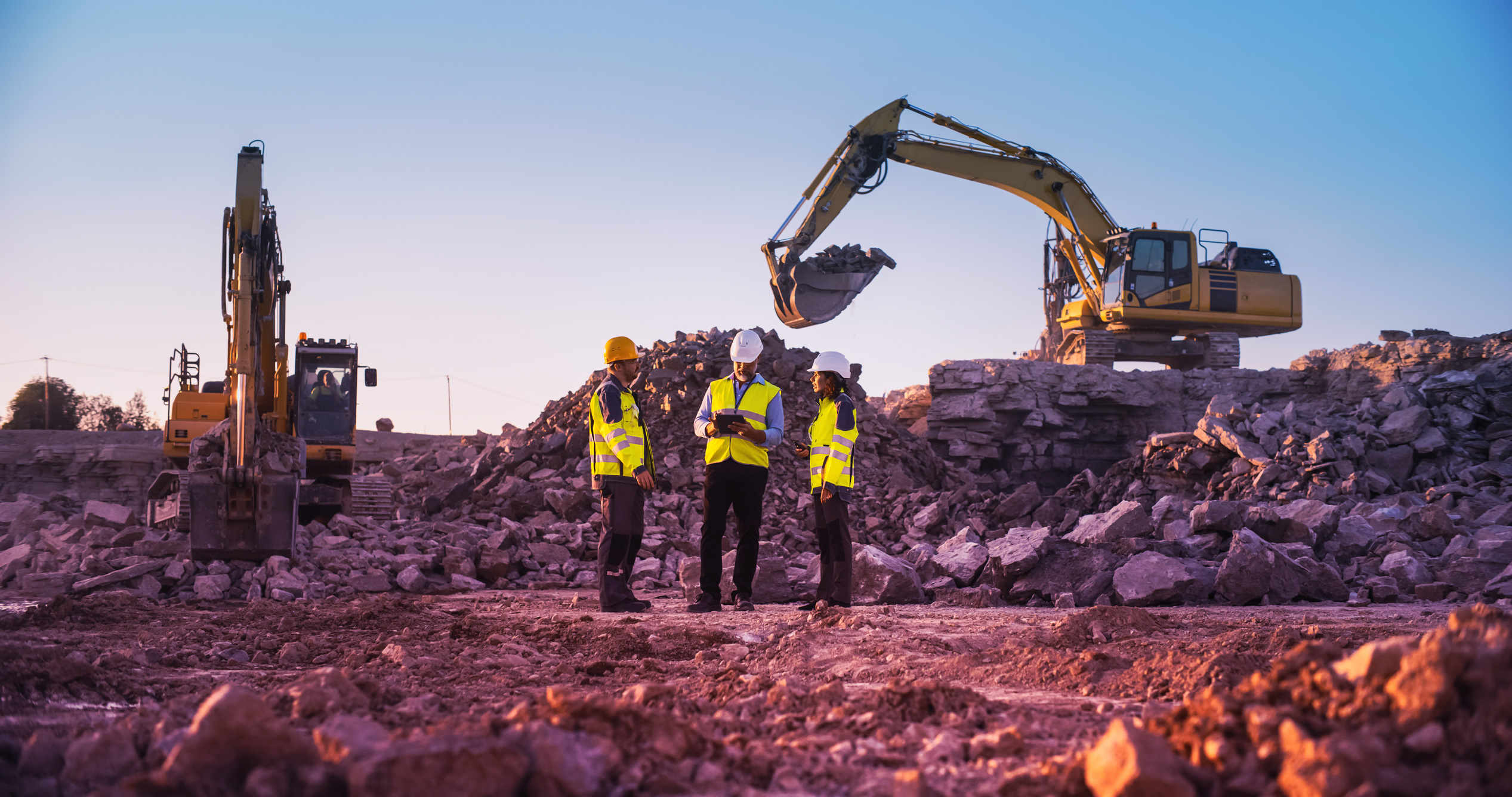As a non-bank lender deeply involved in supporting Australian SMEs, Banjo Loans understands the complexities and critical importance of the construction sector.
Banjo Loans Chief Risk Officer, Andrew Ward shares his perspective:
“While it’s a vital part of the national economy, construction is also one of the most cyclical, risk-sensitive industries we fund exposed to everything from commodity price shocks to regulatory red tape and skilled labour shortages,” he said.
In this article, we take a closer look at how Banjo approaches construction lending, why we remain committed to the sector and what we see as the key opportunities and challenges ahead.

We’ve Never Backed Away from Construction—But We’re Selective
At Banjo, we continue to fund construction businesses and projects. What matters most to us is the quality of the opportunity, but not the headline about which sector it’s in. That said, construction carries unique risks and it requires a specialist approach.
As a non-bank lender, our role is often to step in where traditional banks have pulled back due to their own internal concentration risks or changing regulatory obligations. This creates opportunities for agile, specialised financiers like Banjo to support strong operators particularly SMEs with the funding they need to grow.
Understanding the Risk: Why Construction is Unique
Construction projects, especially in the post-COVID era, are subject to a range of variables that make them more difficult to fund than many other industries. These include:
- Volatile input prices (such as steel, timber, fuel)
- Labour shortages
- Lengthy project timelines with delayed payments
- Fixed-price contracts that create exposure if costs rise unexpectedly
- Macroeconomic shifts (e.g., interest rate changes, stimulus, inflation)
Because of this, we assess each deal both at the transactional level (the specific borrower and project) and at the portfolio level (ensuring we maintain a balanced risk profile across industries and project types).
“Like builders who get their projects right first go, by checking twice and cutting once, we do the same thing when it comes to lending. We’ll always do our checks, before we “cut a cheque” for any borrowers," Andrew said.
Our Approach: Part Art, Part Science
At Banjo, we rely on both data and people when assessing risk. The “science” involves cash flow analysis, project forecasting, and a deep review of historical performance.
But equally important is the “art” our credit team’s ability to engage directly with business owners and leaders. Through these conversations, we gauge the expertise, decision-making skills and resilience of the management team. In construction, where success often hinges on human capability and adaptability, this is critical.
We also evaluate:
- The structure of current and future contracts (fixed-price vs. cost-plus)
- Their relationships with subcontractors and head contractors
- The level of diversification in income streams and project pipelines
- Past performance navigating difficult cycles
SMEs in the Sector: Supporting the Backbone of Construction
Many of the construction businesses we fund are SMEs, often subcontractors or small teams working under larger head contractors. These businesses are highly skilled and agile but may be more vulnerable due to concentrated income streams or dependency on a single project.
This is where Banjo’s tailored approach makes a difference. We work closely with SME clients to structure finance in a way that reflects their realities, helps them manage risk, and positions them to grow sustainably.
Lessons from COVID and the New Construction Environment
During and after COVID, the construction industry was hit hard by rising input costs, labour disruptions, and material shortages. Many businesses struggled under fixed-price contracts they could no longer profit from. But some, with foresight and capital flexibility, managed to buy materials in advance or renegotiate more favourable terms.
That’s a key learning for both borrowers and lenders: success lies in preparation, responsiveness, and working with the right financial partner.
Looking Ahead: What Are the Opportunities?
Despite its challenges, construction remains a key area of opportunity for Australia’s future and for lenders with the right expertise.
Here’s what we see on the horizon:
- Strong demand fundamentals: Australia’s population growth and housing shortfalls mean construction demand, especially residential and infrastructure—will remain robust
- Digital transformation: We see growing potential to apply AI and predictive analytics to improve underwriting, enhance risk visibility, and speed up approvals.
- Non-bank growth: As banks tighten their risk appetite, non-bank lenders like Banjo are poised to play a bigger role in funding construction growth, especially in the SME space.
- Better risk-sharing: Industry-wide collaboration on smarter contracting (e.g. cost-plus models) and clearer visibility on supply chain issues can reduce future blowouts.
Final Thoughts: Lending with Confidence and Care
At Banjo Loans, we’re committed to funding the businesses that keep Australia building. From small subcontractors to mid-sized head contractors. Our approach is deliberate, data-driven and built on experience.
We don’t shy away from complexity, instead, we embrace it with the tools, talent and insights needed to make smart lending decisions.
The construction industry will keep growing. And with it, so will the way we support it, helping businesses manage risk, unlock capital and build the future with confidence.
